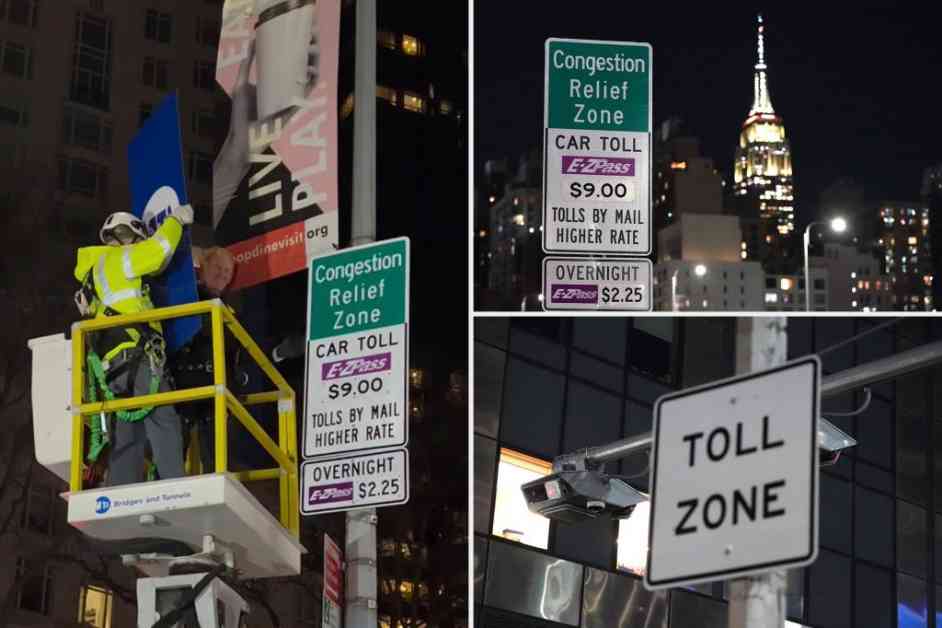The Metropolitan Transportation Authority (MTA) in New York City recently held an event to unveil the new “Congestion Relief Zone” sign in Manhattan, signaling the impending implementation of the long-debated congestion pricing toll. The unveiling ceremony, led by MTA CEO Janno Lieber, took place at Broadway and W. 61st St, just hours before the toll was set to go into effect.
Mixed Reactions to the Unveiling Ceremony
The unveiling ceremony, marked by cheers from supporters and elected officials, was met with online criticism from opponents of the toll. Some questioned the appropriateness of celebrating a toll that would burden many commuters financially. Despite the backlash, Lieber defended the toll as a necessary step to address New York City’s traffic woes and improve safety and environmental conditions.
Details About the Congestion Pricing Toll
Starting at midnight, passenger vehicles entering Manhattan’s busiest neighborhoods south of 60th Street during peak hours will be charged $9 on weekdays from 5 a.m. to 9 p.m. and on weekends from 9 a.m. to 9 p.m. For other times, the toll will be $2.25, with higher rates for non-E-Zpass users. Small trucks will face a $14.40 toll during peak hours, while large trucks will pay $21.60.
The First Congestion Pricing Model in the US
This congestion pricing initiative, the first of its kind in the United States, aims to alleviate traffic congestion and raise funds for MTA capital projects. The toll revenue is projected to contribute $15 billion to vital transportation infrastructure improvements across the city.
As New Yorkers brace themselves for the introduction of this new toll system, the road ahead remains uncertain. Will the congestion pricing initiative successfully address traffic issues, or will it pose additional challenges for commuters in the city that never sleeps? Only time will tell.












